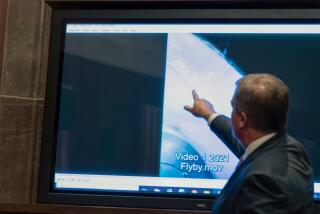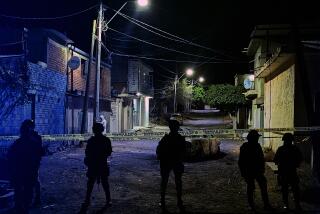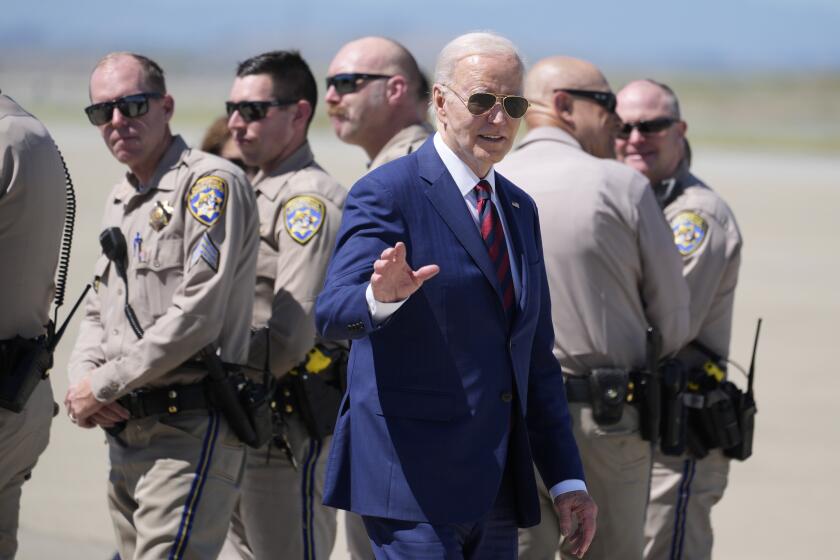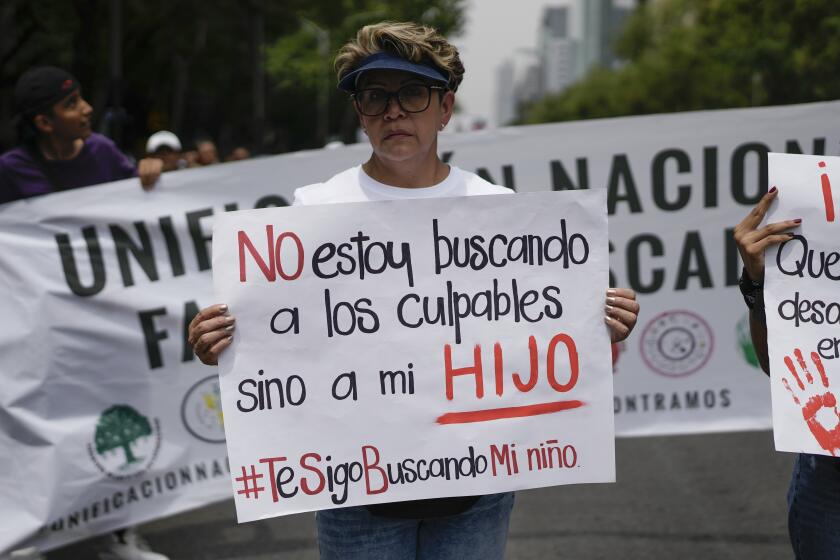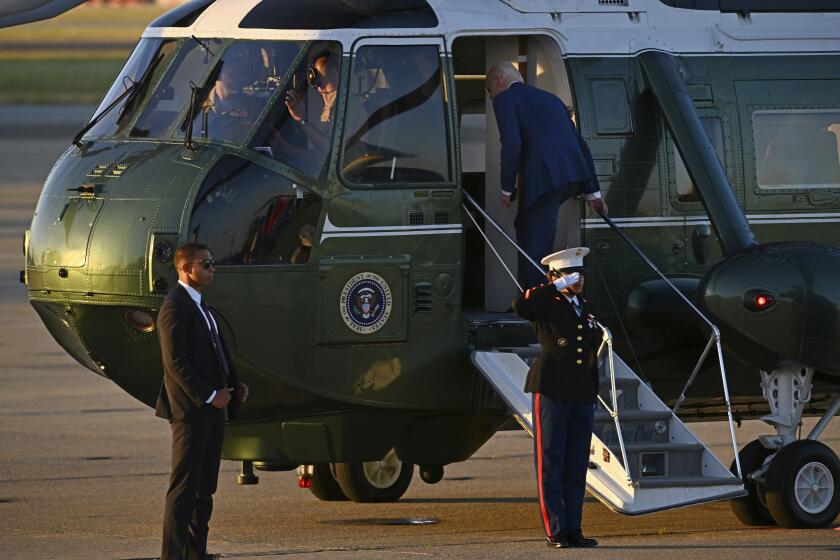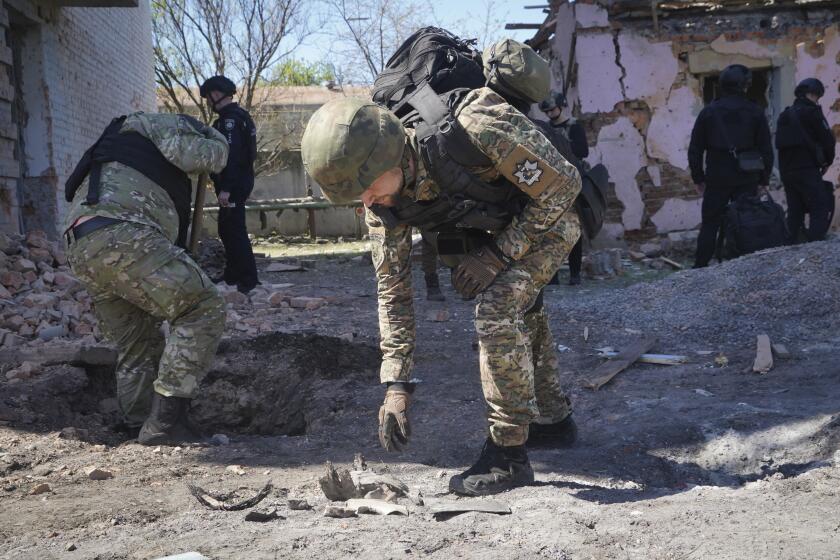Peru’s Streets Not for Faint of Heart
Taxi driver Eduardo Serna doesn’t bother to signal before he veers across two lanes of traffic on the Evitamiento freeway toward an off-ramp that, as it turns out, is the wrong exit.
“That’s OK,” he says, then cranks his Toyota station wagon into reverse and backs onto the highway while other vehicles swerve to miss him, horns blaring. “Don’t worry yourself. Everyone does this,” he tells his cringing foreign passenger.
It is hardly an uncommon maneuver in this South American capital, where an average of three people a day are killed in traffic accidents.
The incident occurred a few hundred yards from the office of Elvira Moscoso, director of municipal urban transport in Lima, although the permanent haze of auto exhaust in this city of 8 million obscures the view.
As it happens, she was in Congress with Mayor Alberto Andrade imploring lawmakers to declare a state of emergency to deal with dangerous drivers and pedestrians, out-of-control traffic and choking auto emissions.
“Motorists here are accustomed to driving however they want to gain an edge,” Moscoso said later.
Authorities are trying to change that. For the first time, traffic police started enforcing a seat-belt ordinance in September, backed by stiff fines for those who don’t buckle up.
And plans are being made to hand out tickets for jaywalking in hopes of curbing the hundreds of deaths each year from pedestrians being hit by cars, trucks and buses.
Latin Americans have always had a reputation for reckless driving. A report last year by the Inter-American Development Bank said countries in the region average 18 traffic fatalities for every 10,000 vehicles in use, compared to 2.4 in countries like the United States, Canada and Japan.
Peru appears to be one of the deadlier Latin American nations, with 29 traffic deaths per 10,000 vehicles--nearly three times the rate in Brazil or Chile, the Lima-based Center for Investigation of Ground Transport says.
About half of all Peruvian traffic fatalities occur in Lima, where there have been more than 23,600 auto-related deaths since 1980, national police statistics show.
The mayor asked a congressional committee for urgent legislation to impose emissions controls that have been stalled for two years, put the brakes on the easy import of used gas-guzzling vehicles, and impose stricter enforcement of traffic laws. Otherwise, he said, “we’re committing suicide.”
In Peru’s driving landscape, it is not unusual to see a toddler propped on a driver’s lap, hands on the wheel, helping to steer through rush-hour traffic, or a family of four, including a swaddled infant, on the back of a motorcycle.
Drivers of small vans known as “combis,” which serve as buses in Lima, race down streets, weaving wildly in and out of lanes, to beat competitors to the next stop. Peruvians have dubbed them “killer combis.”
Driving the wrong way up a one-way street is common, speed limits are universally disobeyed, and red lights and stop signs are often ignored.
Moscoso said much of the lawlessness stems from misguided free-market reforms that deregulated transportation in the early ‘90s.
In 1991, then-President Alberto Fujimori lowered import tariffs on used vehicles to deal with a transportation shortage, and people desperate for work rushed into the taxi and bus businesses with little training and often no license.
“The law of the jungle was permitted to reign,” Moscoso said.
Back in another taxi, cabby William Cabrejos accelerates to close the gap between his cab and a truck, then slams on the brakes.
“I’ve been told that in the United States, they don’t drive like this,” he said while making a right turn from the left lane, narrowly missing a bus. “Peruvian drivers are very selfish.”
More to Read
Start your day right
Sign up for Essential California for news, features and recommendations from the L.A. Times and beyond in your inbox six days a week.
You may occasionally receive promotional content from the Los Angeles Times.
